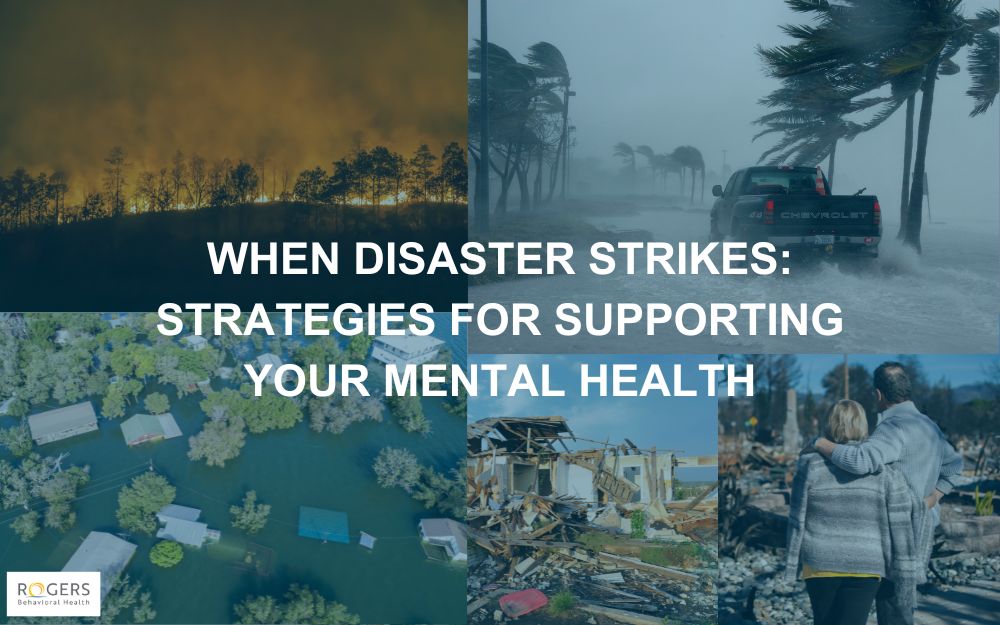Experiential Therapy Takes Alternative Route to Recovery
Posted on 12/11/15 02:20:pmExperiential therapy is a hands-on experience-based approach that assists in healing and overcoming mental or emotional challenges. At Rogers, there’s a variety of experiential therapy approaches available to patients, including art and music therapy, recreational therapy, yoga, horticultural therapy and adventure therapy—which uses challenge courses at various campuses.
“All of the experiential therapies at Rogers engage groups through interactive experiences which can deepen their understanding of their treatment,” says Mike Hoelzer, art therapist at Rogers Behavioral Health—Oconomowoc. “Patients could be using experiential therapy to work on their emotional awareness and expression, learning coping skills or developing new leisure skills.”
Experiential therapy puts people in situations they may never have been in and the results of this therapy technique are encouraging. “I’ve seen so many people come into our program and express feelings that they may never have expressed before, learn new skills that they didn’t think they were able to accomplish, build new relationships, take healthy risks and learn to trust people,” says Hoelzer. “It’s quite an incredible way to work with people in a treatment setting.”
Although the activities used for art therapy sound like fun, there are difficult topics and realizations that patients have to face during their sessions. “The projects and tasks we do can be very exciting, but there is a lot of work going on in the therapy process, no matter what type of experiential therapy our patients may be participating in,” says Hoelzer. “At first, patients may be defensive about revealing their emotions, but when people start opening up in treatment, their defenses go down and their feelings start to become more readily expressed. Having the bravery to show true emotion is extremely important to begin problem solving and developing skills to cope.”
Hoelzer explains that through the creative process in art therapy, the patient and therapist may be able to pinpoint the exact stressor that caused the patient to seek treatment, talk about that moment and discuss how they may be able to improve their skills. “Others have used art therapy to express that after seeking treatment, they no longer feel alone and have been able to connect with others who face similar issues,” says Hoelzer. “Creating a piece of art can also serve as a great reminder for patients who want to hold onto the skills they learned in treatment and make those techniques a regular part of their life and activities.”
“When training parents, teachers and other adults in the community, we help them to understand how times when our children and youth are involved in movement, art and other activities are unique opportunities to connect at deeper levels,” says Sue McKenzie, co-director of Rogers InHealth(link is external). “Rather than see these times as breaks for the caregiver, they are times when we want to be more attentive and ready to listen.” Experiential therapists know that such experiences can be healing for the patient and in day-to-day life, they can be nourishing for relationships.
Rogers InHealth offers patient stories(link is external) about facing challenges and new experiences, such as those available through experiential therapy.
Topics
Share this article:



